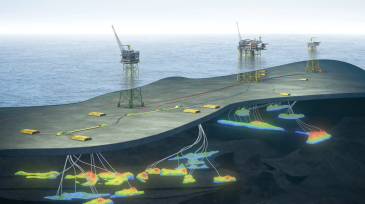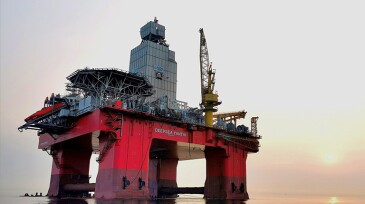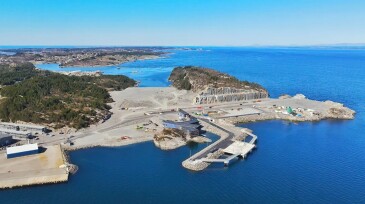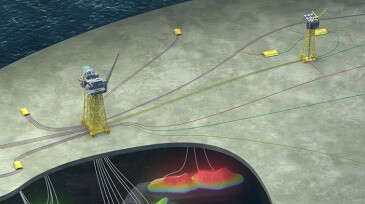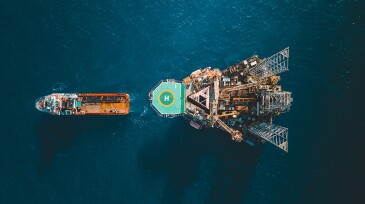Norwegian Continental Shelf
-
Equinor will participate in 25 exploration wells on the NCS this year.
-
Aker BP submitted the NOAKA development plan along with 10 other investments on the Norwegian shelf that collectively represent one of the largest private industrial developments in Europe.
-
The well is targeting middle and lower Jurassic-aged reservoirs.
-
The rolling ultrasound scanner was used to confirm the integrity of concrete-based structures.
-
This paper presents an automated directional-drilling process executed on a commercial well in the Norwegian sector of the North Sea, where a next-generation intelligent rotary steerable system completed a well section in a single run.
-
If successful, the production could be tied back to the nearby Gjoa platform.
-
The two companies have agreed to develop a carbon capture and storage supply chain to funnel carbon dioxide produced by German industry into storage deep beneath the Norwegian Continental Shelf.
-
The Norwegian oil and gas producer announced its new spending plan that aims to raise production past half a million barrels a day.
-
The study assessed the CO2 footprint and NO2 emissions for different drill-cuttings treatment alternatives. The values were then used to create an emissions calculator that can be applied to projects to clarify the actual potential for emissions reduction within the drilling-waste-management process.
-
More time and money are needed for Johan Castberg and others, while government looks to boost hydrogen research.


